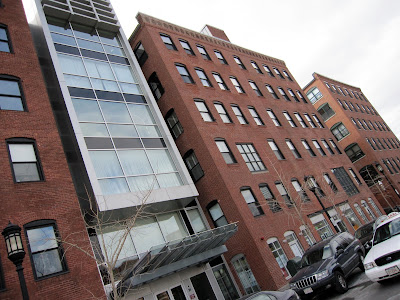Having began a professional career by working for a city-sponsored program focused on the revitalization of neighborhoods, my experience provided early exposure to the concepts of urban renewal. Interests and opinions on gentrification have developed over the past years with the subconscious study of changing neighborhoods, and the excitement felt when witnessing an area being transformed.
I am constantly seeking the up and coming or transitional neighborhoods of cities visited because these areas buzz with energy; they tend to be young, vibrant, active and full of young professionals, educators, and artists. The streets and buildings are laboratories for the creative class; where thought provoking design, interesting architecture, urban planning and advanced building technology all compete for attention and elicit response.In addition, this is where redevelopment investment opportunities exist, and my imagination speculates with visions of what is possible. I have a natural passion for making something old new again, and value the renovation and reestablishment to glory of former important central neighborhoods in America’s cities.
Historic Preservation With New Building Infill, South Boston, MA
Not only does the important preservation work of our historic structures occur, but these neighborhoods also showcase the latest ideas and trends towards the way we think we should live going forward.
Spitzers, Lower East Side, Manhattan, NY
Disclaimer: I am not an “urban pioneer”, and have never found myself on the front lines of a transitioning neighborhood. Views are expressed from the cultural anthropologist* perspective. Since most people are only interested in the discussion of gentrification when the process affects them, I find very little opportunity for discussions on the topic in day-to-day discussion, so as this blog finds it's audience, I welcome any and all comments on the discussion of the topics I present.
*Or, perhaps "urban anthropologist"
*Or, perhaps "urban anthropologist"




